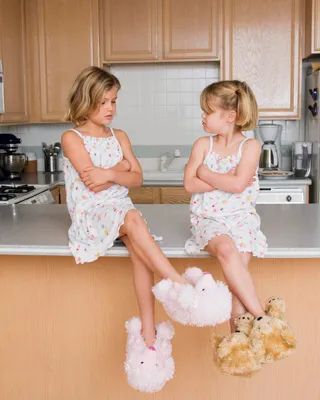Bullying Issues: Helping Children with Peer Conflicts at School
 A new school year is a great time to assess how you are helping your child to become increasingly competent with various life skills. Montessori principles focus on how to help a child be more independent with skills such as washing dishes and putting away their toys. These skills all depend on the child having appropriate tools to complete the tasks, i.e. a stool so they can reach the sink or tubs and shelves that are labeled so they know where to put toys away. The same is true for helping a child face social-emotional tasks. It is important that we take time to consider whether the child has the social-emotional tools to handle the challenges that may come up each day.
A new school year is a great time to assess how you are helping your child to become increasingly competent with various life skills. Montessori principles focus on how to help a child be more independent with skills such as washing dishes and putting away their toys. These skills all depend on the child having appropriate tools to complete the tasks, i.e. a stool so they can reach the sink or tubs and shelves that are labeled so they know where to put toys away. The same is true for helping a child face social-emotional tasks. It is important that we take time to consider whether the child has the social-emotional tools to handle the challenges that may come up each day.

Now, more than ever, it is important to equip our children with the skills to deal with conflict because bullying is on the rise in our society. According to a Clemson University study released in October of 2010, 17 percent of kids between 3rd and 12th grade reported on anonymous questionnaires that they were being bullied two to three times a month or more (msnbc.msn.com). That means approximately 1 out of every 6 children is struggling with bullying issues at school and in other peer settings.
Rick Shaw, the founder of Awareity, emphasizes one key aspect to help your children with bullying:
“Ask your children if they know what to do in different bullying settings (on the bus, at school, at sporting events, away from school, online) and if they know how to report bullying incidents that they have witnessed”. (Huffington Post, 9/6/2012)
In line with Montessori principles, Mr. Shaw is emphasizing the power of giving our children the appropriate tools to handle the  situation. Two great tools that can help teach your child such necessary skills are Jane Nelson’s Positive Discipline Wheel of Choices and Anger Wheel of Choices.
situation. Two great tools that can help teach your child such necessary skills are Jane Nelson’s Positive Discipline Wheel of Choices and Anger Wheel of Choices.

First, Nelson’s “Wheel of Choices” offers many choices for what to do when a peer is bothering you. Options include, but are not limited to: Walk away, count to 10, and ask them to stop. With this tool, when children get frustrated with their peers, you can keep yourself out of becoming judge and jury in their conflicts and, instead, encourage their independence by providing guidance on the various ways they can address the issue. Pull out the Wheel of Choices or point to it on your wall and lovingly ask, “What do you think you want to do to handle this situation?” Teaching a child that they can’t control when others are mean, but they can control how they respond is empowering and teaches a valuable life lesson.
Second, the Anger Wheel of Choices gives children ideas for how to deal with being angry, hurt, or disappointed. Sometimes our own actions and assertiveness don’t improve the situation with peers, and it is important to have skills to deal with those difficult feelings. The wheel doesn’t say, “Just deal with it.” Rather, it encourages children that you can do something to improve these difficult feelings. Examples include: Ask for a hug, draw a picture of your feelings, or take some deep breaths to relax.
With these tools, you can become more of a” Conflict Coach” instead of the ongoing judge and jury. Remember:
"Everything you do for the child that he can do for himself is an obstacle to his development." – Maria Montessori
By coaching, you are empowering your children to be able to manage conflict more competently on their own, and an empowered child is a more self-directed and happy child.




















